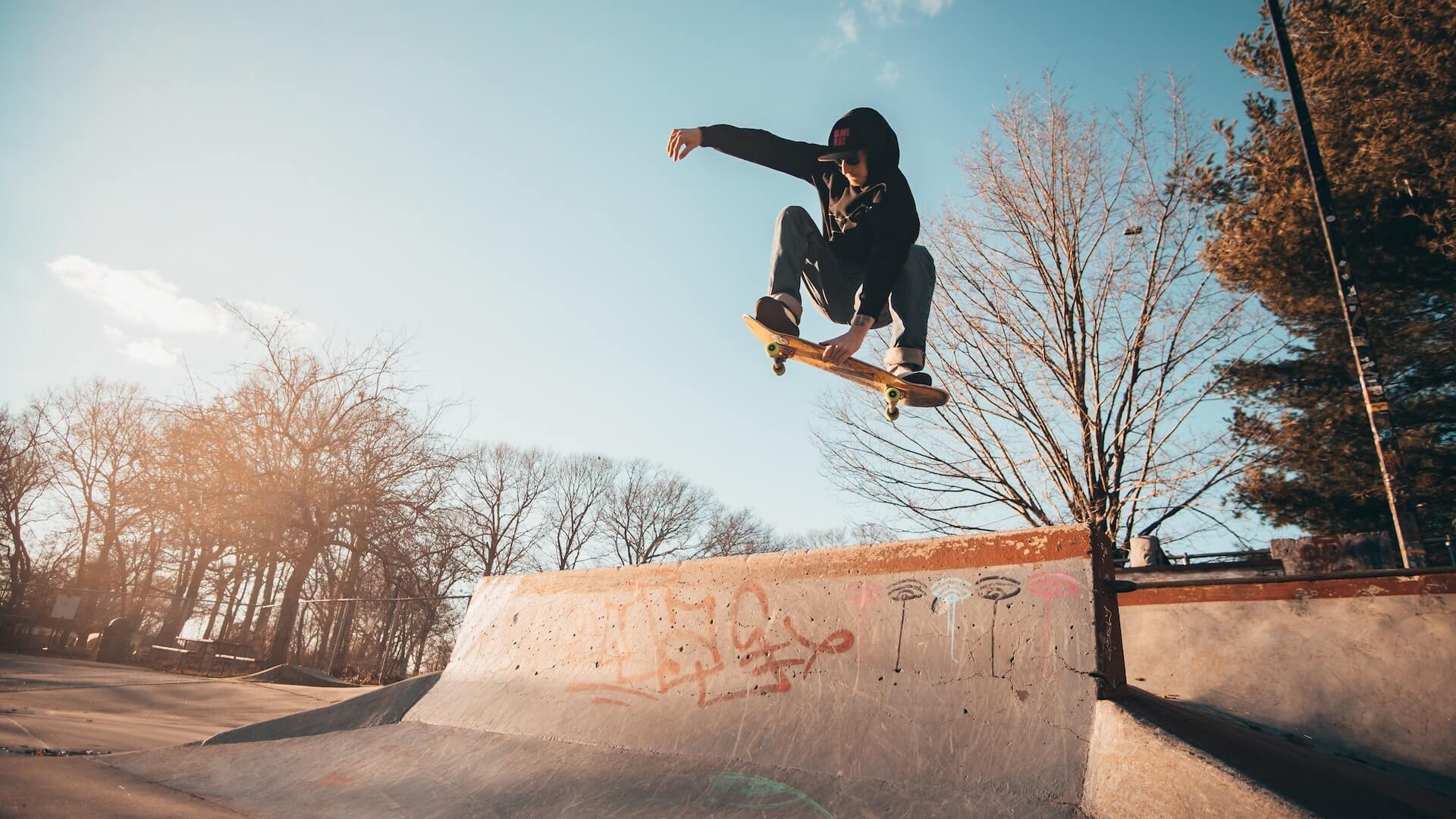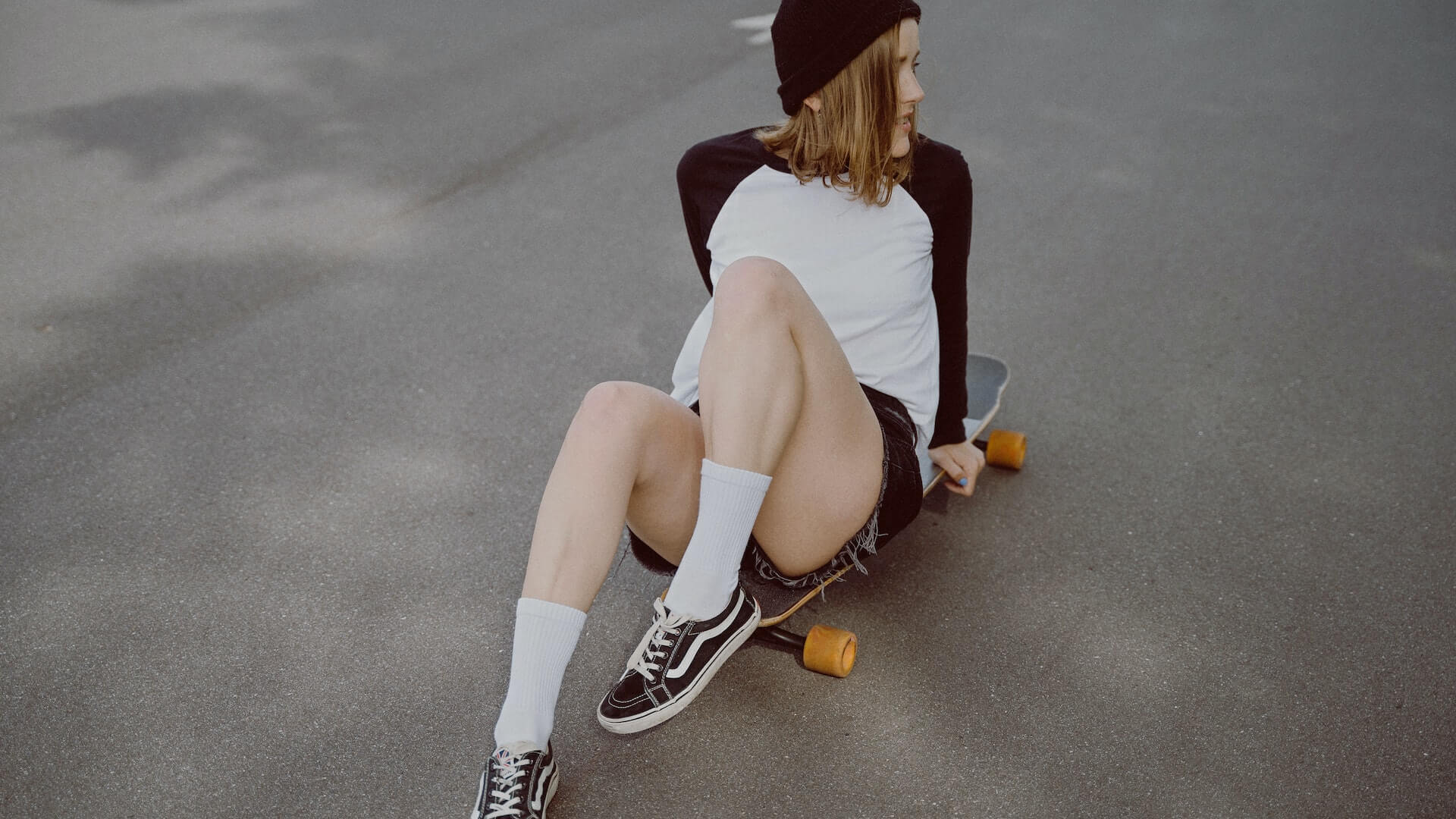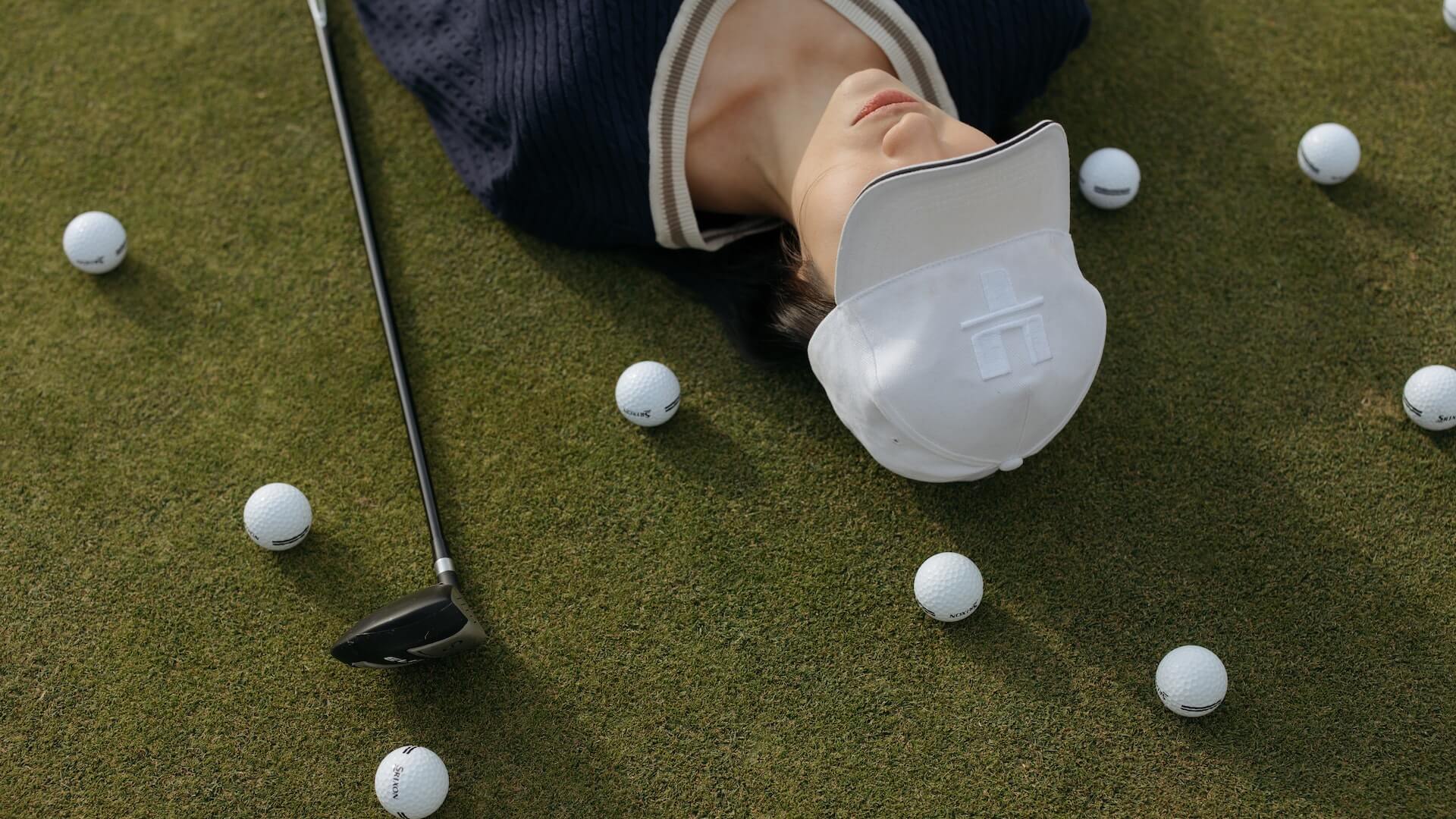Skateboarding is an exciting and thrilling sport that has been around for decades. It is a great way to stay active, build strength, and improve balance. However, starting out as a beginner can be daunting, as skateboarding requires a certain level of skill and technique. But don’t worry! With the right mindset, equipment, and guidance, anyone can master the art of skateboarding. In this blog post, we will share some useful tips and tricks for beginners to help you get started on your skateboarding journey. We’ll cover everything from choosing the right board and learning the basic stances to practicing your first tricks and staying safe while skateboarding. So, grab your board and let’s dive in!
The Benefits of Skateboarding for Beginners
Skateboarding is more than just a cool and trendy sport—it offers a multitude of benefits, especially for beginners. Whether you’re a young enthusiast or a seasoned adult looking for a new hobby, mastering the art of skateboarding can bring about significant positive changes in your life.

First and foremost, skateboarding is a fantastic form of exercise. It engages your entire body, from your legs and core to your arms and shoulders. Balancing on the skateboard requires constant adjustments and coordination, which helps improve your overall balance and stability. Additionally, the repetitive movements of pushing off, turning, and executing tricks provide an excellent cardiovascular workout, promoting endurance and stamina.
Apart from the physical benefits, skateboarding also nurtures valuable mental skills. As a beginner, you’ll quickly learn the importance of focus, concentration, and persistence. Every trick or maneuver requires careful planning, precise execution, and the ability to overcome obstacles and fear. This helps enhance your problem-solving abilities, as you continuously assess your surroundings and adapt to different situations.
One of the most remarkable benefits of skateboarding is the sense of freedom and self-expression it offers. Unlike many other sports, skateboarding allows you to develop your unique style and creativity. Whether it’s the way you ride, the tricks you perform, or the personalized designs on your skateboard, skateboarding encourages individuality and fosters self-confidence. It becomes an outlet for self-expression and allows you to showcase your personality through your skating skills.
Moreover, skateboarding provides an incredible sense of community. The skateboarding culture is known for its inclusivity and camaraderie. Skate parks and skateboarding events bring people from various backgrounds and skill levels together, creating a supportive and encouraging environment. Beginners can benefit greatly from learning and receiving guidance from more experienced skateboarders, who are often eager to share their knowledge and passion.
Choosing the Right Skateboard and Equipment
With so many options available in the market, it can be overwhelming to make the right choice. But fear not, as we’ve got you covered with some helpful tips to ensure you start off on the right foot.
First and foremost, consider the size of the skateboard deck. The width of the deck is a vital factor as it determines your stability and control while riding. Beginners usually find it easier to balance on wider decks, so opt for a size between 7.5 and 8.25 inches. This provides a good balance between stability and maneuverability.
Next, pay attention to the skateboard trucks. These metal T-shaped components hold the wheels and are responsible for steering. It’s essential to choose trucks that match the width of your deck. If the trucks are too narrow or too wide, it can affect your ability to turn and control the board properly.
The wheels and bearings are also crucial elements to consider. Wheels come in different sizes and hardness levels. For beginners, larger and softer wheels are recommended as they offer better stability and a smoother ride. Bearings, on the other hand, determine the speed and smoothness of your ride. Look for bearings with a higher ABEC rating for a smoother experience.
Don’t forget about safety gear! As a beginner, it’s important to prioritize your safety. Invest in a good helmet that fits properly and provides adequate protection. Elbow and knee pads, as well as wrist guards, are also essential to prevent injuries while learning new tricks and maneuvers.
Lastly, choose comfortable and durable skate shoes. Look for shoes with a flat sole and good grip to enhance your control and balance on the board. It’s best to avoid bulky sneakers or shoes with thick soles, as they can interfere with your ability to feel the board beneath your feet.
Safety First: Essential Protective Gear for Skateboarding
Before you even step foot on a skateboard, it’s crucial to invest in the right protective gear to keep yourself safe from potential injuries.
First and foremost, a helmet is an absolute must-have. It protects your head from any potential impact during falls or accidents, reducing the risk of serious head injuries. Look for a helmet specifically designed for skateboarding, with a snug fit and proper ventilation to ensure both safety and comfort.
Next, don’t forget about knee pads and elbow pads. These protective gears offer vital cushioning and support for your joints, which are prone to injuries while skateboarding. Make sure to choose pads that are durable, adjustable, and fit securely to prevent them from shifting or sliding during use.
Wrist guards are another essential piece of protective gear that should not be overlooked. They provide crucial support and protection for your wrists, which are vulnerable to fractures or sprains during falls. Look for wrist guards that have a sturdy construction and offer a comfortable fit without restricting movement.
Lastly, invest in a good pair of skateboarding shoes. Skateboarding puts a lot of strain on your feet and ankles, so having proper footwear is vital. Look for shoes with a flat sole and good grip to provide stability and control on the skateboard. Additionally, ensure that the shoes are durable and provide ample cushioning to absorb shocks.
Finding the Perfect Spot: Skateparks, Streets, and DIY Spots
Whether you’re a beginner or a seasoned skater, the right location can make all the difference in honing your abilities and pushing yourself to new limits.

Skateparks are popular destinations for skateboarders, offering a controlled environment with ramps, rails, and various obstacles to challenge yourself on. These designated spaces are designed specifically for skateboarding, providing a safe and supportive environment for skaters of all levels. Skateparks are a great place to meet other skateboarders, learn from experienced riders, and immerse yourself in the skateboarding community.
On the other hand, streets offer a different kind of experience. Navigating through urban landscapes, utilizing curbs, stairs, and ledges, can be an exhilarating and creative way to skate. Streets allow for a sense of freedom and exploration, as you seek out unique spots to test your skills. However, it’s important to always prioritize safety and be mindful of pedestrians and traffic when skating on the streets.
For those looking for a more DIY approach, creating your own skate spot can be incredibly rewarding. This could involve transforming an abandoned lot, repurposing existing structures, or building your own obstacles from scratch. DIY spots offer endless possibilities for customization and creativity, allowing you to design a skateboarding experience that suits your preferences and challenges you in unique ways.
Mastering the Basics: Proper Stance and Balance
Before diving into flashy tricks and advanced moves, it’s crucial for beginner skateboarders to master the basics: proper stance and balance. These foundational skills will not only set the stage for your skateboarding journey but also ensure your safety and progress in the sport.
Firstly, finding your preferred stance is essential. There are two main stances in skateboarding: regular and goofy. Regular stance means your left foot is positioned at the front of the board, while goofy stance means your right foot takes the lead. It’s important to experiment and discover which stance feels most natural and comfortable for you. Remember, there’s no right or wrong stance – it’s a matter of personal preference.
Once you’ve determined your stance, it’s time to focus on balance. Skateboarding requires a strong sense of balance and stability. Start by practicing your balance on a stationary skateboard. Stand with your feet shoulder-width apart, keeping your weight evenly distributed. Engage your core muscles to maintain stability and ensure proper body alignment.
Next, it’s time to test your balance while in motion. Begin by pushing off gently with your back foot, propelling yourself forward. As you gain momentum, focus on keeping your body centered over the board, with your knees slightly bent and your arms relaxed for better balance. Maintain a steady gaze ahead to help maintain stability and avoid looking down at your feet.
As you get more comfortable with the basic stance and balance, you can start experimenting with shifting your weight and making slight adjustments to control the board. Remember, practice makes perfect, so dedicate regular time to honing these fundamental skills.
Step-by-Step Guide to Mastering the Ollie
The ollie is one of the most fundamental and essential tricks in skateboarding. Mastering this trick will not only boost your confidence but also open the door to countless other tricks and maneuvers. In this step-by-step guide, we will break down the process of mastering the ollie, allowing beginners to build a solid foundation for their skateboarding journey.

Step 1: Foot Placement
Start by placing your back foot on the tail of the skateboard, with your toes hanging slightly off the edge. Your front foot should be positioned just behind the front bolts, at a slight angle with the toes pointed diagonally across the deck.
Step 2: Crouch and Prepare
Bend your knees and crouch down, preparing to explode upwards. Keep your weight centered over the skateboard, with your shoulders aligned with the board.
Step 3: Pop the Tail
Using your back foot, forcefully pop the tail of the skateboard down against the ground. This action will create the initial upward momentum needed for the ollie.
Step 4: Slide Your Front Foot
Simultaneously, as you pop the tail, slide your front foot forward towards the nose of the skateboard. The key here is to drag your foot up the grip tape, creating a scraping motion against the board’s surface.
Step 5: Jump and Level Out
As your front foot slides forward, jump upwards, using your legs to lift your body and the skateboard off the ground. At the same time, level out the board by extending your front leg and leveling your feet in a horizontal position.
Step 6: Land and Roll Away
As you reach the peak of your jump, start preparing to land. Keep your eyes focused on the board, and aim to land with your knees slightly bent to absorb the impact. Once you’ve successfully landed the ollie, maintain your balance and roll away smoothly.
Essential Skateboarding Tricks for Beginners: Kickflips, Pop Shuvits, and Manuals
Once you have mastered the basics of skateboarding and built up your confidence on the board, it’s time to start exploring some essential tricks that will take your skills to the next level. Kickflips, pop shuvits, and manuals are three tricks that every beginner skateboarder should strive to master.
The kickflip is a classic trick that involves flicking the board with your front foot while simultaneously using your back foot to pop the tail and make the board rotate in the air. It requires precision, timing, and lots of practice to successfully land a kickflip. Start by practicing the flick motion with your front foot and gradually add the pop of the tail. With enough persistence, you’ll soon be able to land clean kickflips and impress your fellow skateboarders.
Pop shuvits are another fundamental trick that involves spinning the board 180 degrees horizontally while in mid-air. To execute a pop shuvit, you’ll need to pop the tail down and simultaneously use your back foot to scoop and spin the board. It’s important to practice your foot placement and timing to achieve the right amount of pop and spin. With practice, you’ll be able to land smooth pop shuvits and add a stylish flair to your skateboarding repertoire.
Manuals are tricks that involve balancing on either the front or back wheels of the skateboard while rolling. They require a combination of balance, control, and core strength. Start by practicing manuals on flat ground, focusing on keeping your body centered and maintaining a steady balance. As you become more comfortable, you can try extending the length of your manuals or incorporating them into lines or combos with other tricks.
Developing Your Own Style and Creativity on the Board
Skateboarding is not just about mastering tricks and maneuvers; it’s also about cultivating your own unique style and unleashing your creativity on the board. While it’s essential to learn the basics and build a foundation of fundamental skills, it’s equally important to explore and develop your own personal flair.

One way to develop your style is by observing and drawing inspiration from other skateboarders. Watch videos, attend skateboarding events, and observe different skaters’ techniques and approaches. Take note of their body movements, foot placements, and overall flow on the board. This will help you understand different styles and tricks and incorporate them into your own skateboarding repertoire.
Don’t be afraid to experiment and try new things. Skateboarding is all about pushing boundaries and exploring what is possible. Challenge yourself to come up with unique tricks or combinations that showcase your individuality. Embrace your strengths and interests – if you have a background in dance, incorporate fluid and graceful movements into your skateboarding. If you have a passion for art, think about ways to express your creativity through your board and style.
Remember, developing your own style takes time and practice. It’s not something that happens overnight. Be patient with yourself and allow yourself the freedom to explore and make mistakes. Skateboarding is an art form, and just like any other art form, it’s a journey of self-expression and growth.
Practicing Consistency and Persistence: Overcoming Challenges
Skateboarding is not an easy sport to pick up, and it requires a lot of practice and determination to become proficient.
One of the first challenges beginners face is finding their balance on the board. It can be intimidating to step onto a skateboard for the first time, but with consistent practice, you will start to develop a sense of balance and stability. Start by standing on the board with one foot at a time, gradually progressing to both feet. Keep practicing this basic stance until you feel comfortable and confident.
Once you have found your balance, it’s time to start learning the fundamental tricks and maneuvers. From beginner tricks like ollies and kickflips to more advanced tricks like grinds and slides, each trick requires patience and persistence to master. Don’t get discouraged if you can’t land a trick right away – it takes time to build the muscle memory and coordination needed to perform these maneuvers.
Another challenge that many beginner skateboarders face is fear. Skateboarding involves taking risks and pushing yourself out of your comfort zone. It’s natural to feel scared when attempting new tricks or riding in skate parks filled with more experienced skaters. However, it’s important to push through that fear and trust in your abilities. Start with small progressions, and as you gain confidence, you can gradually challenge yourself to try more difficult tricks.
Consistency is key when it comes to overcoming challenges in skateboarding. Set aside regular practice sessions and stick to them, even if it’s just for a few minutes each day. This will help you build muscle memory and improve your overall skills. Remember, progress may be slow at times, but every small improvement counts.
Persist through the falls and failures. Skateboarding is a sport that involves a lot of trial and error. You will fall countless times, but it’s crucial to get back up and try again. Embrace the falls as learning opportunities and use them to analyze what went wrong and how you can improve. With each fall, you become more resilient and determined to succeed.
Joining the Skateboarding Community: Competitions, Events, and Skate Crews
Joining the skateboarding community can be an exhilarating and rewarding experience for beginners. Not only does it provide opportunities to showcase your skills, but it also allows you to connect with fellow skaters who share the same passion. One of the best ways to immerse yourself in the skateboarding world is by participating in competitions and events.
Competitions offer a platform to test your abilities against other skaters and gain valuable experience. Whether it’s a local skate park contest or a larger-scale event, these competitions provide a chance to showcase your style, tricks, and progression. The adrenaline rush of performing in front of a crowd can be both nerve-wracking and exciting. Moreover, witnessing the skills of other talented skaters can inspire you to push your limits and continuously improve.
Apart from competitions, attending skateboarding events can be a fantastic way to meet like-minded individuals and expand your network. These events often feature professional skaters, industry sponsors, and brands, creating an ideal environment to learn from the best and stay up-to-date with the latest trends and innovations in skateboarding. Workshops, demonstrations, and product showcases offer opportunities to gain insights, try new equipment, and enhance your skills.
Another way to connect with the skateboarding community is by joining skate crews or groups. Skate crews consist of individuals who skate together regularly, sharing tricks, tips, and experiences. Being part of a crew not only fosters a sense of camaraderie but also provides a support system for learning and progressing. Skate crews often engage in group sessions, where skaters of different skill levels can learn from one another, exchange ideas, and motivate each other to reach new heights.
Conclusion
Learning to skateboard can be both exciting and challenging, especially for beginners. However, with the tips and tricks we shared in this article, you’ll be well on your way to becoming a skilled skateboarder. Remember to practice regularly, stay focused, and most importantly, have fun! Whether you’re cruising down the streets or attempting tricks at the skatepark, skateboarding is a thrilling sport that offers endless possibilities for self-expression and growth. Keep pushing yourself, and soon you’ll be impressing others with your newfound skateboarding skills. Stay safe and keep shredding!



